The 18th
LaureateArchitecture
Frei Otto
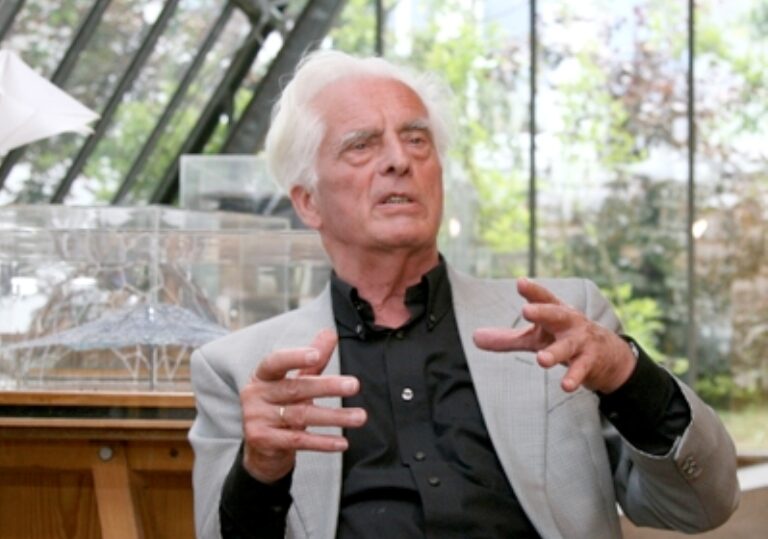
A recognized authority of tent structures,Frei Otto has made a huge impact in the field of architecture by successfully applying the results of his research into the natural sciences to architecture,making lightweight,high-performance constructions possible. In 1964 he was appointed professor at the University of Stuttgart,Germany. Here he established the Institute for Lightweight Structures and started an interdisciplinary research movement involving engineers,biologists,physicists and philosophers. The West German Pavilion of the 1967 Montreal Exposition and the huge roofs over several sports structures for the 1972 Munich Olympics were made possible as a result of research done in this institute. Series of experiments using soap bubbles were used to calculate the ideal surface curvature necessary for the massive space to be constructed by the cable net and membrane structures. The resulting structures are highly regarded as an architectural creation beautifully in harmony with nature. His tent-like structures can also be found in Middle Eastern countries such as Saudi Arabia. Today,at the age of 81,Frei Otto is involved in the design of a movable residential architecture project near Neuss in Northern Germany. He is currently writing a book charting his lifetime’s involvement with this specialized field of city planning.
Biography
Frei Otto succeeded in creating a life’s work in which architecture and engineering were linked in a unique manner. He has made a huge impact in the field of architecture by successfully applying the results of his research in the natural sciences to the development of lightweight,high-performance structures. The concept reached its most popular and poetic expression in the translucent tent roof of the Munich Olympic stadium in 1972.
In 1964 Otto was appointed professor at the University of Stuttgart were he established the Institute for Lightweight Structures and initiated an interdisciplinary research program involving engineers,biologists,physicists and philosophers. The West German Pavilion of the 1967 Montreal Exposition and the huge roofs over several sports structures for the 1972 Munich Olympics were made possible as a result of research done in this institute. A series of experiments using soap bubbles were used to calculate the ideal surface curvature necessary for the massive space to be constructed by the cable net and membrane structures. The resulting structures are highly regarded as an architectural creation beautifully in harmony with nature. A more recent work is the Japanese pavilion at Expo 2000 in Hannover in collaboration with Shigeru Ban.
Frei Otto’s visions are aimed at tents with minimal surface areas,at grid shells stabilized by inverting traction lines,at pneumatic envelopes whose form is determined by pressure ratios and that sit on the landscape like a second skin,or at buildings that can be adapted to their particular needs by changing owners and can always be altered. For him,this work on natural constructions is part of a rational form-finding process following natural laws,but it is also part of a larger vision directed at a peaceful and free society in harmony with itself and nature. Today,at the age of 81,Frei Otto is involved in the design of a movable residential architecture project near Neuss in Northern Germany. He is currently writing a book charting his lifetime’s involvement with this specialized field of city planning. In both his writings and in his lectures he advocates an architecture that is environmentally sustainable and conserves natural resources. He says that his aim is "that light,flexible architecture might bring about a new and open society."
Chronology
The West German Pavilion at Montreal EXPO 67
-
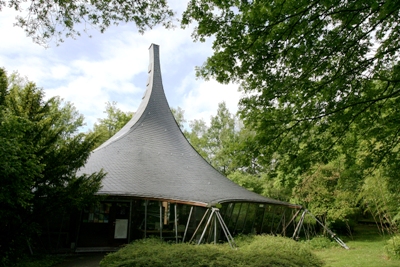
Institute for Lightweight Structures, Stuttgart, 1967
-
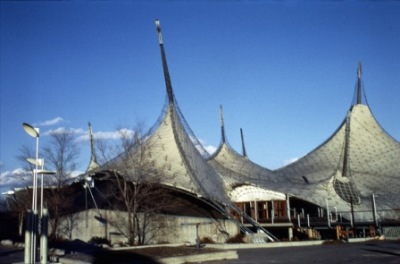
West German Pavilion of Montoreal Exposition, 1967
-
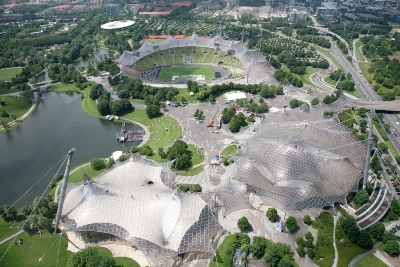
Roofs over sports structures for Munich Olympics, 1972
-
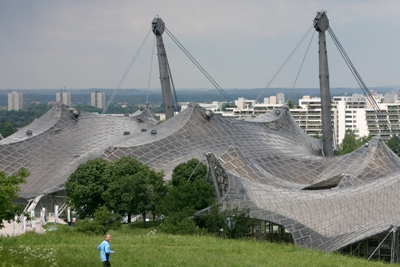
Roofs over sports structures for Munich Olympics, 1972
-
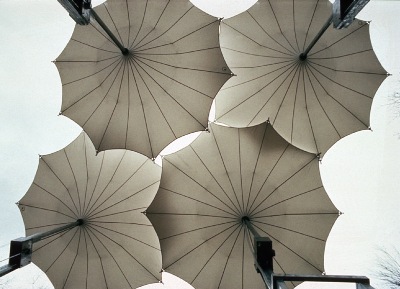
Pink Floyd Stage Roof, 1977
-
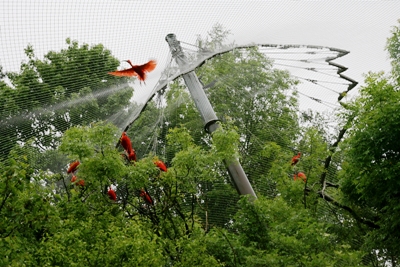
Aviary in the Munich Zoo, 1980
-
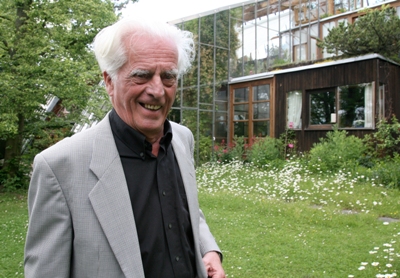
Frei Otto

